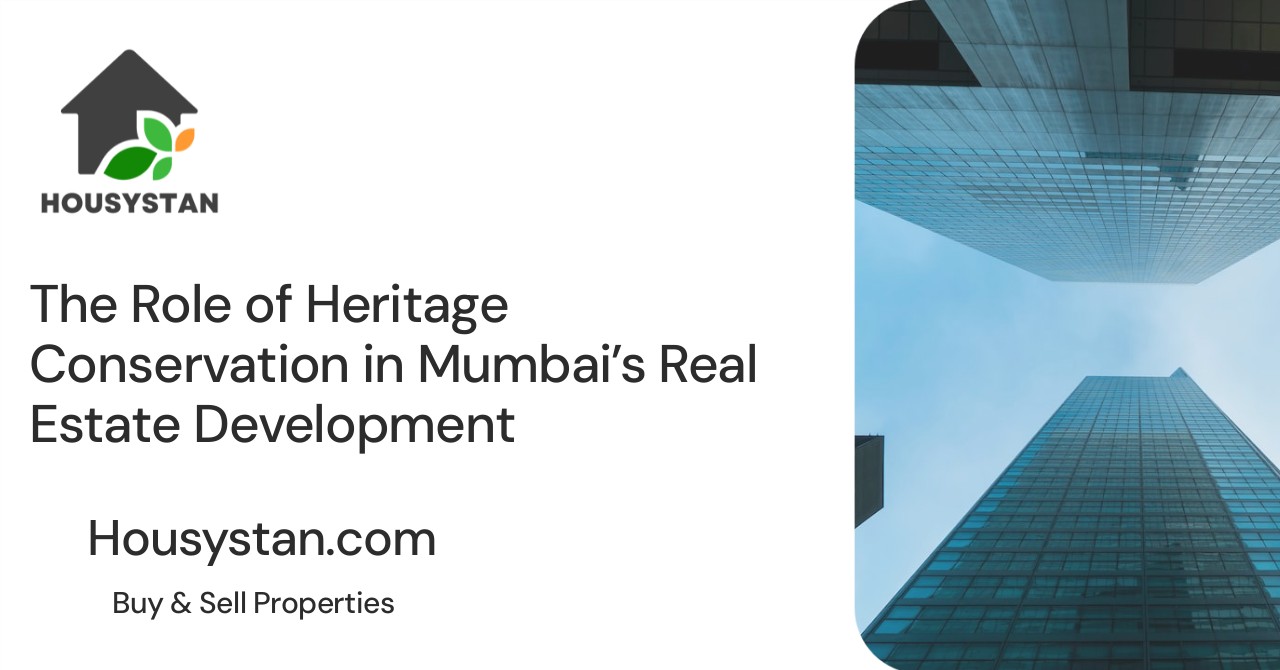The Role of Heritage Conservation in Mumbai’s Real Estate Development
Read latest blogs and articles from Housystan

The Information mentioned here was last updated on:
11/12/2025Mumbai, renowned as the financial capital of India, is a city where tradition gracefully meets modernity. The metropolis boasts a rich tapestry of historic landmarks, colonial-era structures, and heritage neighborhoods. As the real estate sector continues to flourish, the importance of heritage conservation in Mumbai’s real estate development has become increasingly significant. Safeguarding architectural gems not only preserves the city’s unique identity but also enhances the overall value of real estate projects across Mumbai’s diverse localities.
Heritage conservation plays a vital role in shaping the urban landscape. By protecting iconic buildings and cultural sites, Mumbai maintains its historical charm amidst rapid urbanization. Real estate developers are now recognizing that integrating heritage elements into new projects can set their properties apart in a competitive market. This thoughtful combination of old and new attracts both homebuyers and investors seeking authenticity and a sense of belonging within the city’s vibrant neighborhoods.
Several areas in Mumbai, such as Fort, Colaba, and Bandra, are celebrated for their preserved architectural marvels. These zones are highly sought-after, not just for their historic ambiance but also for the premium lifestyle they offer. Government policies and urban planning initiatives support the adaptive reuse of heritage properties, enabling developers to transform heritage structures into boutique hotels, upscale residences, or commercial spaces while retaining their original character. This sustainable approach ensures the longevity of Mumbai’s cultural assets and promotes responsible development practices.
- Verified Tenants/Buyers
- Unlimited Property Listing
- Zero subscription/charges fee
Moreover, heritage conservation positively impacts the city’s tourism industry, drawing visitors eager to experience Mumbai’s storied past. This increased footfall benefits local businesses and enhances the socioeconomic prospects of the surrounding regions. For real estate investors, properties within or near heritage precincts often command higher appreciation rates due to their rarity and timeless appeal.
In conclusion, the integration of heritage conservation into Mumbai’s real estate development fosters a harmonious balance between progress and preservation. By valuing architectural history, developers not only contribute to the city’s legacy but also unlock new opportunities for growth, making Mumbai a globally recognized destination for both investment and culture.